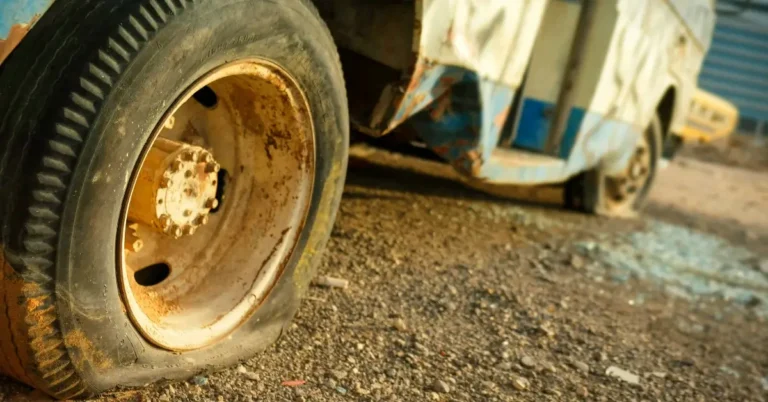Many of us aren’t aware of How to Trade-In a Car That is Not Paid Off. The key lies in understanding the equity of the vehicle—the difference between its current value and the amount we owe on the loan. If the car’s value exceeds the loan balance, that positive equity can fuel our next automotive leap.
However, the road gets a bit more winding if we’re facing negative equity, where the loan surpasses the car’s value.
But worry not! Armed with the right knowledge and strategies, we can navigate this scenario to reach our destination—a new car that better suits our current wants and needs.
Understanding Your Car’s Worth and Loan Payoff
When we consider trading in a car that we’re still paying off, getting keyed into the actual worth of the car and understanding the payoff amount is crucial.
Let’s figure out exactly what our car is worth and how that plays into our existing loan!

Evaluating Trade-In Value
To kick things off, we’ll need to get an estimate of our car’s trade-in value.
Resources like Kelley Blue Book or Edmunds are our go-to for an accurate appraisal.
It’s simple: we enter details about our car‘s make, model, year, and condition, and they’ll give us a ballpark figure.
This number is what dealerships will likely offer us for our car.

Calculating Negative and Positive Equity
Once we have our trade-in value, it’s time to understand equity.
If the value of our car exceeds what we owe, that’s positive equity—a definite win for us.
However, if we owe more than the car’s worth, that’s negative equity, and it means we’ll have to cover the difference when we trade-in.
Impact of Loan Terms and Interest Rates

The loan terms and interest rates originally agreed upon significantly affect our payoff amount.
If we secured a loan with a high-interest rate or stretched-out terms, we might be paying more than our car’s worth in the long run. Always check with our lender to know the exact payoff amount before making any decisions on a trade-in.
Navigating the Trade-in Process
When we trade in a car that hasn’t been paid off, it’s like solving an intricate puzzle with both exciting rewards and a few twists!
We must handle this challenge with precision to switch to our new dream car while managing our finances smartly.
Negotiating with the Dealer
Firstly, we approach negotiations with clear objectives and a well-researched trade-in offer. Remember, dealers aim to make a profit, but we’re here to get the best bang for our buck.
Armed with knowledge about our car’s value and our credit score, we boost our bargaining power.

Dealing with Remaining Loan Balances
If our loan balance exceeds the trade-in value, that’s called being “upside-down.”
For us, the goal is to cover as much of our existing auto loan balance with the dealer’s offer.
Sometimes, the negative equity can be rolled over into a new loan, but beware, this can increase our new monthly payment.
Finalizing the New Car Purchase
Finally, the most thrilling part: wrapping up the deal for our new car! We ensure the total price reflects our trade-in value and any down payment we negotiate.
The contract should spell out our new loan terms, including the financing rate and payment schedule, ensuring that we make a smooth transition without adding unnecessary debt.
FAQ
Can I refinance my car loan?
Can I refinance my car with the same lender? Yes, many lenders will allow you to refinance your existing car loan. Keep in mind that lenders may not offer refinancing as an option. Especially if your vehicle is in poor condition, has low value, or you have few payments remaining on your existing loan.
Does refinancing a car hurt your credit?
Refinancing may lower your credit score a few points, but the impact to your credit score will only be temporary. Applying for a loan generates a hard inquiry. Refinancing may be worth it if rates have dropped since you took out your loan.
What happens if you refinance a loan?
Refinancing your mortgage replaces your old mortgage with a new mortgage; one with a different principal amount and interest rate. The lender pays off the old mortgage with the new one and you are then left with just one mortgage; typically one with more favorable terms (lower interest rate) than your previous one.
A few Month ago a Friend of mine had to Trade in his Car and lost a few thousand dollars.
Please check twice if you really have to do it, because you will everytime burn money, if you have questions slide in the comments or write us a Mail, till then see you next time when it says again…
…Let´s Ride!





